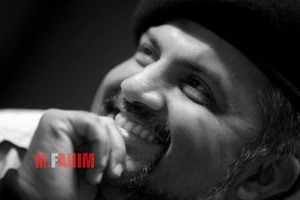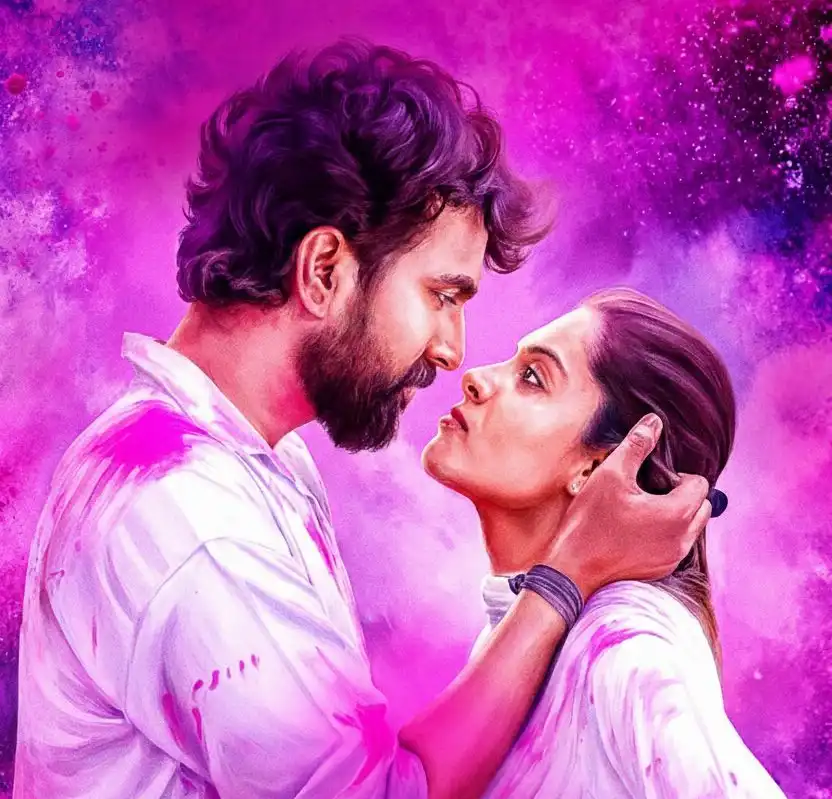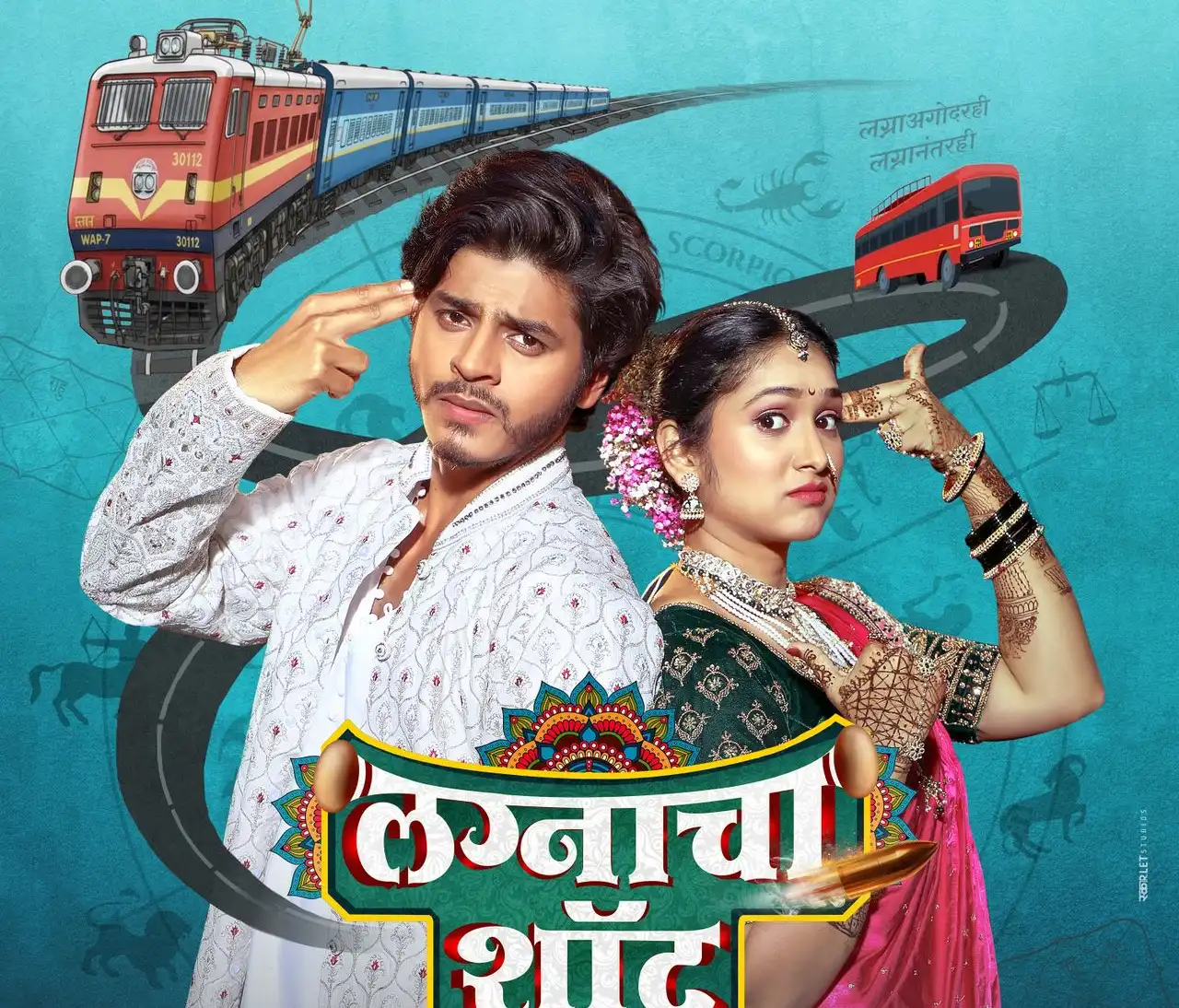Actor Tirrtha Desai, whose portrayal of Yesu, the sister-in-law of Veer Savarkar, in the upcoming film Swatantraveer Savarkar, sheds light on the pivotal role of women in historical narratives. With insights into character preparation and the filmmaking process, Desai offers a glimpse into the meticulous craftsmanship behind bringing historical figures to life on screen.
Please share about your character in Swatantraveer Savarkar
Swatantraveer Savarkar is an extremely important film, especially given the historical significance of Veer Savarkar. The character of Yesuvahini, Savarkar’s sister-in-law, is pivotal as she played a significant role in his life, nurturing him after the loss of his parents. She embodies strength and resilience, which drew me to the role.
How do you approach real-life character development and preparation?
Each character demands a unique approach to preparation. For Yesuvahini, I delved into historical references, such as photographs and written material, to understand her mannerisms and mindset. It’s a meticulous process that involves embodying the essence of the character while staying true to their historical context.
What drew you to the role of Yesuvahini in Swatantraveer Savarkar?
Her strength and her pivotal role in Savarkar’s life intrigued me. Portraying her journey, from nurturing Savarkar to actively participating in the freedom struggle, was both compelling and challenging. Capturing her complexities and emotions required a deep understanding of her character.
As someone who has worked in both the South and Bollywood industries, what key differences have you noticed?
One significant observation I made is that in the South, there’s a bold embrace of emotions on screen. Films there recognize the importance of portraying genuine emotions, reflecting the lived experiences of the characters. In contrast, Hindi cinema tends to be more reserved, with influences from Western cinema, particularly Hollywood. While emotional scenes are written, they’re not always fully explored in performance. However, in terms of the overall working process, both industries share similarities. The production scale may differ, with Telugu productions often larger, but personally, I’ve found the transition between the two to be enriching. Working in the South before Bollywood provided valuable insights and experiences, shaping my approach to storytelling.

Please share any memorable experiences from the set of Swatantraveer Savarkar?
Filming Swatantraveer Savarkar was a surreal experience, especially being surrounded by historical characters in authentic settings. Seeing Randeep Hooda embody Savarkar’s persona was remarkable. Every moment on set felt like stepping back in time, contributing to the authenticity of the film.
How was the experience working under the direction of Randeep Hooda?
Randeep Hooda’s meticulous approach as a director elevated our performances. He has a keen eye for detail and a deep understanding of character nuances. His guidance ensured that each actor delivered their best, contributing to the overall success of the film.

How has your background in holistic wellness influenced your acting career?
My background in naturopathy and yoga has been invaluable in maintaining balance and perspective in my acting career. These practices have taught me self-awareness and resilience, essential qualities for navigating the unpredictable nature of the industry. Integrating holistic wellness into my life has enhanced my personal well-being and enriched my professional journey





